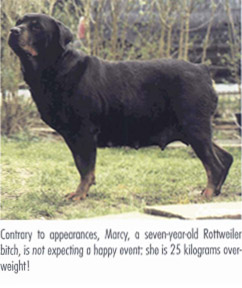There are a plethora of books on dogs on the market. Here are just a few useful ones:
Christopher Day, The Homoeopathic Treatment of Small Animals, The C.W. Daniel Co. Saffron Walden, 1984
Bruce Fogle, The Dog's Mind: Understanding your Dog's Behaviour, Howell Reference Books
James M. Giffin, Liisa Carlson et al., The Dog Owners Home Veterinary Handbook, John Wiley, 1999
Kennel Club, Year Book, Kennel Club, 2004-5
Nico Maritz, Your Sick Dog, Swan Hill Press, Shrewsbury, 2004
David Sands, Family Pet Guide: Dogs, HarperCollins, 2002
Mike Stockman, Dog Breeds of the World, Lorenz Books, London, 1998
Uwe Streitfordt, Christine Metzger, Claus-Michael Pautzke, Healthy Dog, Happy Dog: A Complete Guide to Dog Diseases and their Treatments, Barron
Between the minuscule mayfly which lives but a few hours and the giant tortoise, whose 200 years is a record for vertebrates' longevity, in the animal kingdom the dog is classified in the lower range of life expectancy.
In the case of carnivores, among the thirty-five species that make up the family of Canidae, and that include the dingo, jackal, coyote, fox and of course wolf (ancestor of all dogs), the canine species appears to enjoy the longest life-span, the causes of natural death rigours of climate, predators, accidents as well as certain infectious diseases such as rabies - having normally been eliminated through domestication. However, we must somewhat modify this claim, as the potential life-span of a dog varies considerably from one breed to another. Generally speaking, small and medium sized dogs are reputed to live longer than their fellow creatures which belong to the more imposing breeds.
Once you know your dog's life expectancy, you, as a responsible owner, can foresee the time when your dog will enter the third age and so be able to make the necessary preparations for it. So:
- A miniature breed of dog will become 'senior' at around ten years old
- A medium-size breed of dog will become 'senior' at about eight years old
- A large breed of dog will become 'senior' at about seven years old
- A very large breed of dog will become 'senior' at around five years old.
The above rules are not hard and fast and there are many exceptions to them. Certain dogs, although belonging to small breeds, do not, in fact, live for all that long: take, for example, the case of the English bulldog, which although comparable in height to the miniature poodle has barely half that dog's life expectancy. In contrast, some lines of giant breeds that have been competently and carefully selected by conscientious breeders who are anxious to improve these companion dogs' welfare, have seen their life expectancy grow: some German bulldogs, deerhounds and Irish wolfhounds can also reach the venerable age of thirteen. (While on this subject, it would be a wise move, when you purchase a puppy, to find out more about the lifespan of its line, rather than allow yourself to be beguiled by the so-called titles that champions are sometimes given.)
And what about the delightful mongrel (a dog that has been produced by parents which are not pedigree)? The numerous blood lines to be found in their genetic ancestry (which limits the appearance of hereditary diseases linked to consanguinity) as well as the pitiless selection to which they have been subjected (the elimination of the weakest or the least resourceful) appear to give them a slight edge over their fellow dogs, as far as life expectancy goes. It must be said too that in the longevity stakes mongrels with a small build outstrip their bigger counterparts.
Contrary to what happens in the human race, where females outlive males, gender does not appear to be a determining factor in the life expectancy of the canine species.
With the dog, just as with all other animals, senescence, or biological aging, is due to the progressive deterioration of almost all the organism's functions. In fact, through time, cells gradually stop renewing themselves, blood vessels lose their elasticity and clog up while the different organs show a certain wear and tear (the formation of free radicals and glycosylative reactions). This degeneration, as well as the decreasing performance resulting from this, varies considerably from one individual to another, for there are several factors that can lead to premature aging.
 Heredity: This is the principal factor, the influence of which is indisputable. Each dog's genetic inheritance, directly inherited from its parents, determines 'on paper' its life expectancy. A dog which comes from a healthy, vigorous line whose members have lived to an advanced age has every chance of reproducing the same type.
Heredity: This is the principal factor, the influence of which is indisputable. Each dog's genetic inheritance, directly inherited from its parents, determines 'on paper' its life expectancy. A dog which comes from a healthy, vigorous line whose members have lived to an advanced age has every chance of reproducing the same type.
 Obesity: This is the great enemy of longevity in dogs, as it accelerates the aging process by aggravating cardiac and respiratory problems, not to mention the deterioration of bones and joints. Although certain breeds like the Basset hound, Cocker spaniel and Brittany spaniel, Labrador, Dachshund and West Highland White terrier seem more predisposed to obesity than others like the Greyhound, Whippet or Fox terrier, being overweight affects one in two dogs. The age and sex of the dog have a direct bearing on its possible obesity: 32 per cent of females are affected by it as opposed to an average of 23 per cent of males.
Obesity: This is the great enemy of longevity in dogs, as it accelerates the aging process by aggravating cardiac and respiratory problems, not to mention the deterioration of bones and joints. Although certain breeds like the Basset hound, Cocker spaniel and Brittany spaniel, Labrador, Dachshund and West Highland White terrier seem more predisposed to obesity than others like the Greyhound, Whippet or Fox terrier, being overweight affects one in two dogs. The age and sex of the dog have a direct bearing on its possible obesity: 32 per cent of females are affected by it as opposed to an average of 23 per cent of males.

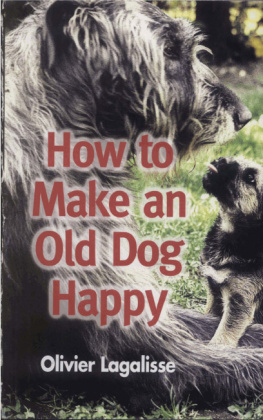

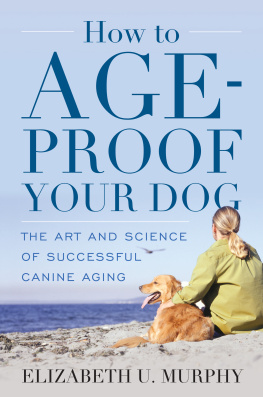
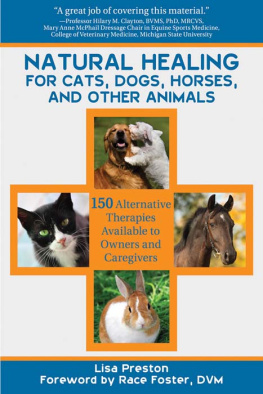

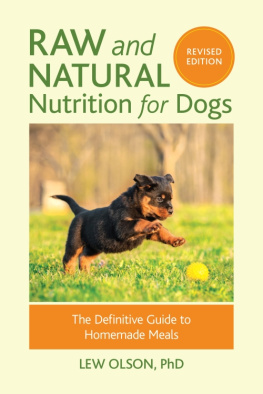
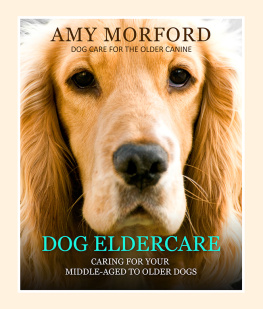

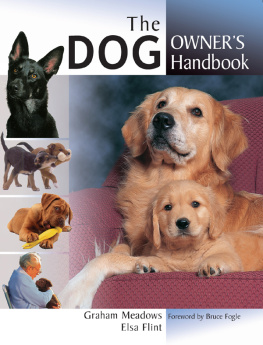


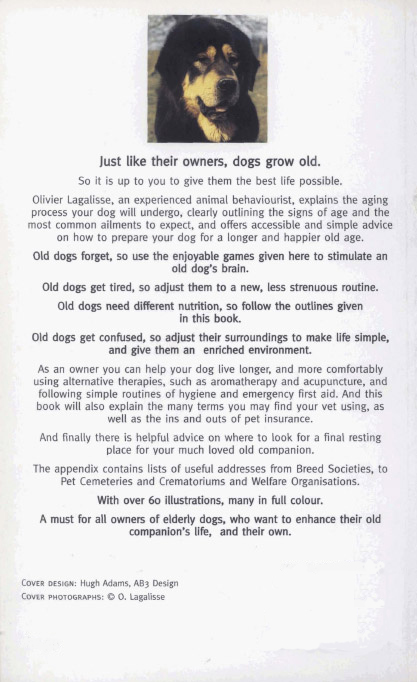



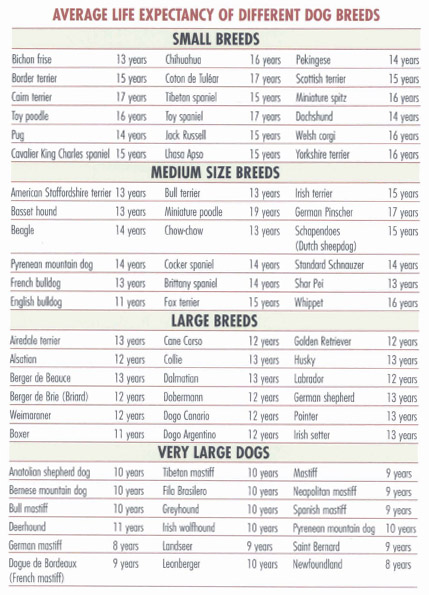
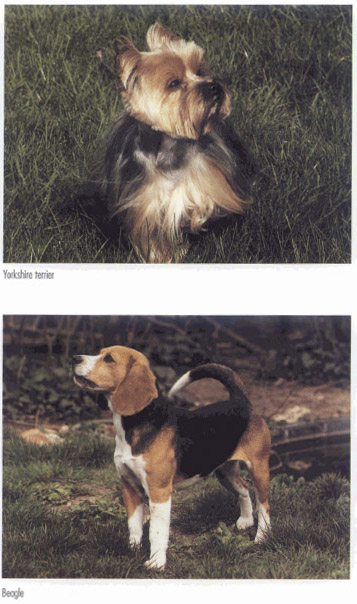

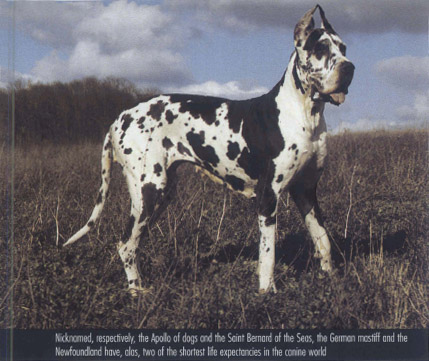
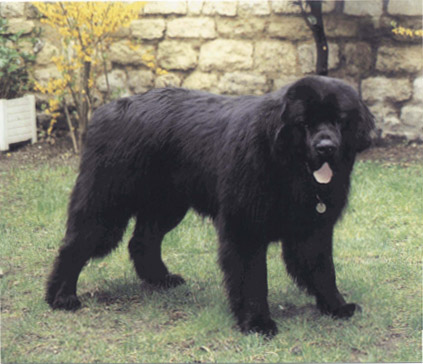
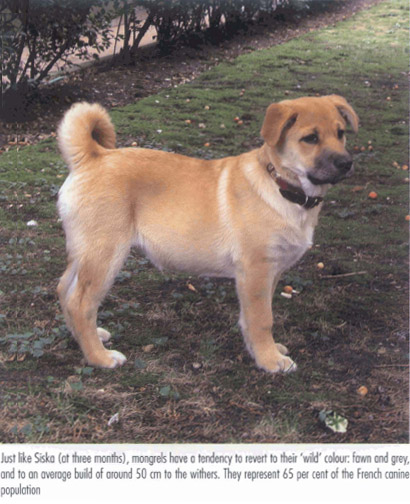
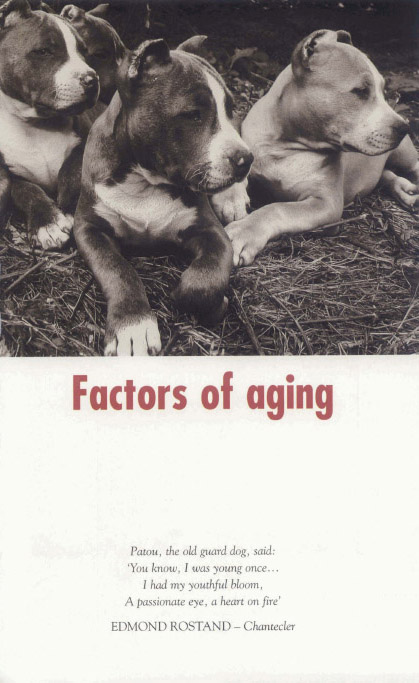
 Heredity: This is the principal factor, the influence of which is indisputable. Each dog's genetic inheritance, directly inherited from its parents, determines 'on paper' its life expectancy. A dog which comes from a healthy, vigorous line whose members have lived to an advanced age has every chance of reproducing the same type.
Heredity: This is the principal factor, the influence of which is indisputable. Each dog's genetic inheritance, directly inherited from its parents, determines 'on paper' its life expectancy. A dog which comes from a healthy, vigorous line whose members have lived to an advanced age has every chance of reproducing the same type.